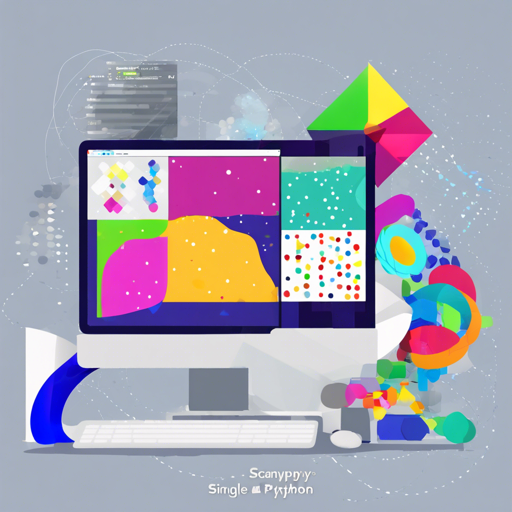Welcome to the world of single-cell analysis! In this article, we will explore how to use Scanpy, a powerful toolkit for analyzing single-cell gene expression data. Whether you are a novice or an experienced user, this guide will help you navigate through the features of Scanpy and troubleshoot common issues.
What is Scanpy?
Scanpy is a scalable Python library designed specifically for single-cell analysis. It allows users to conduct various operations such as preprocessing, visualization, clustering, trajectory inference, and differential expression testing. The most impressive part? Scanpy can handle datasets that include over one million cells!
Why Use Scanpy?
- Efficiency: It manages massive datasets efficiently, making it ideal for large-scale studies.
- Flexibility: Supports extensive options for data analysis and visualization.
- Community support: Active discussions on platforms like scverse Discourse and comprehensive documentation.
Installation
Getting started is simple. You can install Scanpy using either pip or conda:
pip install scanpy
# or
conda install -c conda-forge scanpyBasic Workflow
Here’s a basic overview of how you can start analyzing single-cell data with Scanpy:
- Load your data: Read your single-cell expression data into an AnnData object.
- Preprocess: Normalize and log-transform the data.
- Visualize: Plot the data to assess its structure using tools like UMAP or PCA.
- Cluster: Apply clustering algorithms to identify cell types.
- Analyze: Perform differential expression testing to find marker genes.
Explaining the Code
If your code for analyzing data goes beyond five lines, think of it as a recipe for a delicious dish. Each step is crucial:
Imagine you are baking a cake:
- Gather Ingredients: This represents loading your data into an AnnData object.
- Mix: Similar to normalizing and log-transforming your data, you spend time preparing the mixture so the flavors blend well.
- Bake: When you plot your data using visualization methods, it’s akin to placing the batter in the oven, waiting for it to rise.
- Ice: Just as you would apply frosting after the cake is baked, you add clustering methods to analyze and label your cell types.
- Slice and Serve: Finally, performing differential expression testing is like serving the cake, where you identify key components that make the dish delightful.
Troubleshooting Common Issues
While using Scanpy, you may encounter some challenges. Here are a few common issues and solutions:
- Issue: Data loading errors. Ensure your file is in the correct format and that the path is specified accurately.
- Issue: Memory errors on large datasets. Consider using the chunking feature or optimizing your data processing steps for better performance.
- Issue: Visualization not rendering. Verify that all required libraries (matplotlib, seaborn) are properly installed.
For more insights, updates, or to collaborate on AI development projects, stay connected with fxis.ai.
Conclusion
With Scanpy, the analysis of single-cell gene expression becomes efficient and insightful. As you utilize this toolkit, you’re not just analyzing data; you’re paving the way for groundbreaking discoveries in biology!
At fxis.ai, we believe that such advancements are crucial for the future of AI, as they enable more comprehensive and effective solutions. Our team is continually exploring new methodologies to push the envelope in artificial intelligence, ensuring that our clients benefit from the latest technological innovations.

